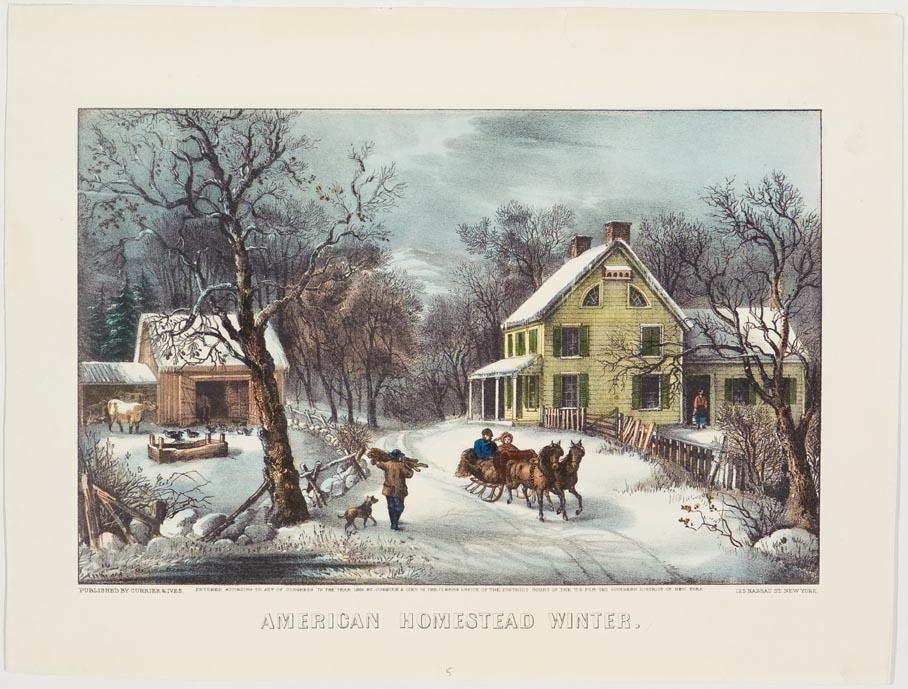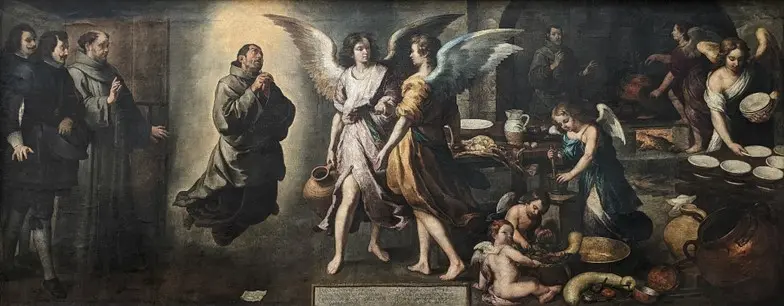It took a while before artist Mary Byrom found the right plein air teacher. Once she did, she found herself in “artist boot camp”—and she loved it.
Ms. Byrom painted in a studio for many years before deciding to paint outdoors. A native of New England, she heard about some plein air artists living out West and signed up for a workshop with Scott L. Christensen.
She says she wanted instruction from accomplished painters who kept the tradition of realist landscape painting alive. “The West was really ahead of the east on the plein air resurgence.”
The workshop turned out to be a transforming experience. Although demanding, she “learned tons of important lessons.” Byrom says, “I was able to really see and experience what I was painting and convey that to the canvas. I started to paint a state of mind—not a replication of a scene.”
Since the workshop, she has learned greater focus and clarity in mixing colors and applying them to the canvas.
Like photographers, the plein air artist makes use of light. She says plein air art “transcends the landscape or objects before you.” And it’s all about the light and how the artist depicts it “that makes all the difference.”
The artist has a shopping list of equipment. (See box.) Leaving the comfort of a studio filled with tools, canvases, and even the subject, the plein air artist must take paints, brushes, and canvas to the subject.
“Carrying a large, wet painting any distance outdoors can be a logistical problem if you are in a rural area far from any roads,” Byrom says.
Ms. Byrom painted in a studio for many years before deciding to paint outdoors. A native of New England, she heard about some plein air artists living out West and signed up for a workshop with Scott L. Christensen.
She says she wanted instruction from accomplished painters who kept the tradition of realist landscape painting alive. “The West was really ahead of the east on the plein air resurgence.”
The workshop turned out to be a transforming experience. Although demanding, she “learned tons of important lessons.” Byrom says, “I was able to really see and experience what I was painting and convey that to the canvas. I started to paint a state of mind—not a replication of a scene.”
Since the workshop, she has learned greater focus and clarity in mixing colors and applying them to the canvas.
Like photographers, the plein air artist makes use of light. She says plein air art “transcends the landscape or objects before you.” And it’s all about the light and how the artist depicts it “that makes all the difference.”
The artist has a shopping list of equipment. (See box.) Leaving the comfort of a studio filled with tools, canvases, and even the subject, the plein air artist must take paints, brushes, and canvas to the subject.
“Carrying a large, wet painting any distance outdoors can be a logistical problem if you are in a rural area far from any roads,” Byrom says.
The best weather to work in is a cool, moderate temperature, and “it’s nice if there is some sun.” She says each season has its own challenges. Paints may dry too fast on the palette in the summer and stiffen in colder weather.
Byrom says painting outdoors is where “the light, temperature, and air are constantly changing.” Because the light can change in 15 minutes, she says, “It’s actually an exercise in visual memory. You have to remember what you saw and stick to it.”
Byrom has found several regions that are great for her style. “I enjoy painting in Maine and New Hampshire along the seacoast and in the White Mountains. I live along the seacoast, and the White Mountains are an easy drive from my house.”
Plein air boasts a glorious tradition in American art. Familiar with the Hudson River School of landscape painters, Byrom has painted similar landscapes, among them “Otter Cove in Acadia that Frederick Church painted.”
As a plein air painter the last five years, Byrom says no scene is ever perfect. “I need to compose it to make it look like something on the canvas. It’s not like photographers stuck with the view.”
This came home on an outing with 30 photographers to Jackson Hole, Wyo. Late in the day, she stood on a bluff overlooking the Snake River in Grand Teton National Park, a favorite spot of photographer Ansel Adams.
Unlike the photographers who struggled to capture just the right moment of sunset and clouds, Byrom painted the scene in a pleasing composition. She was enjoying the moment while her picture-taking counterparts “were stressed by the weather not cooperating.”
Like clean air of an unspoiled landscape, plein air painting is very fresh, according to Byrom.
Not every outing results in an oil painting. Byrom makes use of her sketchbook. “I do a lot of sketching when I am on location. This helps me make a choice about my composition and it is often the case that there is more than one good painting that can be produced from one location.”
Although most work is done on location, Byrom does use the studio to “refine them a bit while still keeping the whole impact intact.” She spends 90 percent of her time outdoors but is now moving toward using her sketchbook of field studies for larger works to be done in a studio.
At present, Byrom has painted scenes in Flagstaff and Sedona, Arizona, and in Wyoming and Idaho. She plans to paint in New England during the summer and intends to do some work in Idaho and Wyoming “before the snow flies.”
Mary Byrom has a new blog “so folks can keep up on my plein air adventures.” http://marybyrom.blogspot.com/
Byrom says painting outdoors is where “the light, temperature, and air are constantly changing.” Because the light can change in 15 minutes, she says, “It’s actually an exercise in visual memory. You have to remember what you saw and stick to it.”
Byrom has found several regions that are great for her style. “I enjoy painting in Maine and New Hampshire along the seacoast and in the White Mountains. I live along the seacoast, and the White Mountains are an easy drive from my house.”
Plein air boasts a glorious tradition in American art. Familiar with the Hudson River School of landscape painters, Byrom has painted similar landscapes, among them “Otter Cove in Acadia that Frederick Church painted.”
As a plein air painter the last five years, Byrom says no scene is ever perfect. “I need to compose it to make it look like something on the canvas. It’s not like photographers stuck with the view.”
This came home on an outing with 30 photographers to Jackson Hole, Wyo. Late in the day, she stood on a bluff overlooking the Snake River in Grand Teton National Park, a favorite spot of photographer Ansel Adams.
Unlike the photographers who struggled to capture just the right moment of sunset and clouds, Byrom painted the scene in a pleasing composition. She was enjoying the moment while her picture-taking counterparts “were stressed by the weather not cooperating.”
Like clean air of an unspoiled landscape, plein air painting is very fresh, according to Byrom.
Not every outing results in an oil painting. Byrom makes use of her sketchbook. “I do a lot of sketching when I am on location. This helps me make a choice about my composition and it is often the case that there is more than one good painting that can be produced from one location.”
Although most work is done on location, Byrom does use the studio to “refine them a bit while still keeping the whole impact intact.” She spends 90 percent of her time outdoors but is now moving toward using her sketchbook of field studies for larger works to be done in a studio.
At present, Byrom has painted scenes in Flagstaff and Sedona, Arizona, and in Wyoming and Idaho. She plans to paint in New England during the summer and intends to do some work in Idaho and Wyoming “before the snow flies.”
Mary Byrom has a new blog “so folks can keep up on my plein air adventures.” http://marybyrom.blogspot.com/





